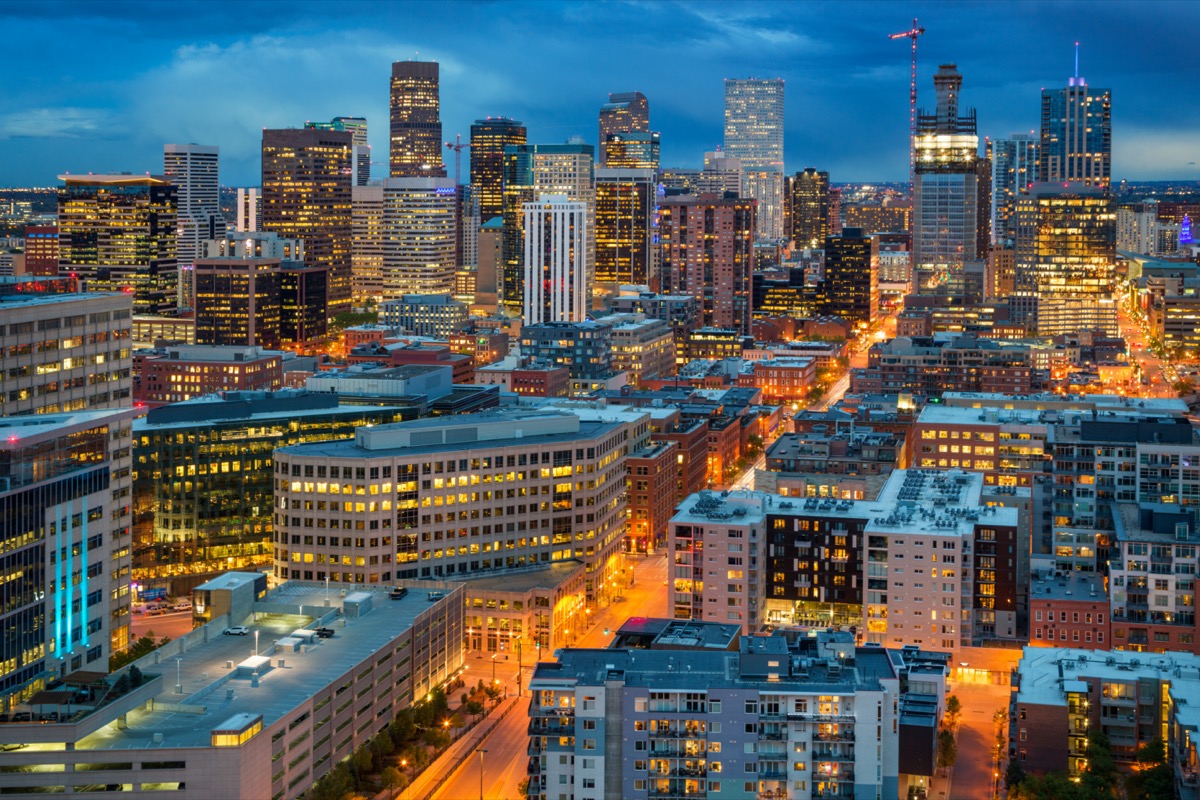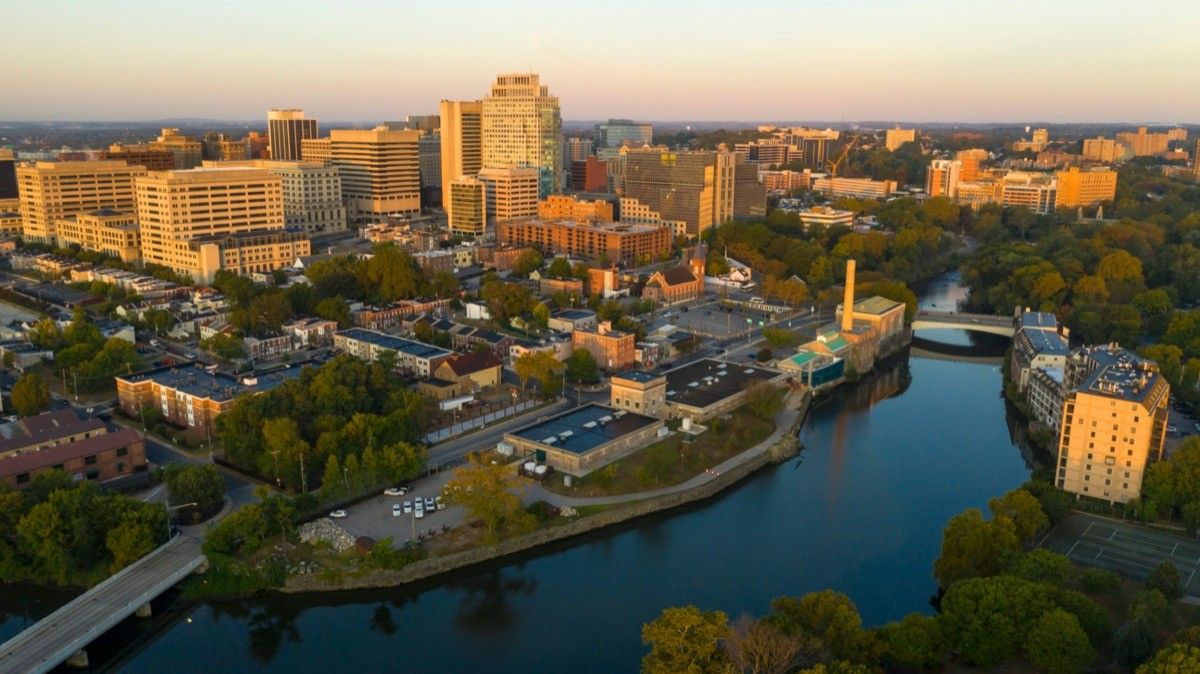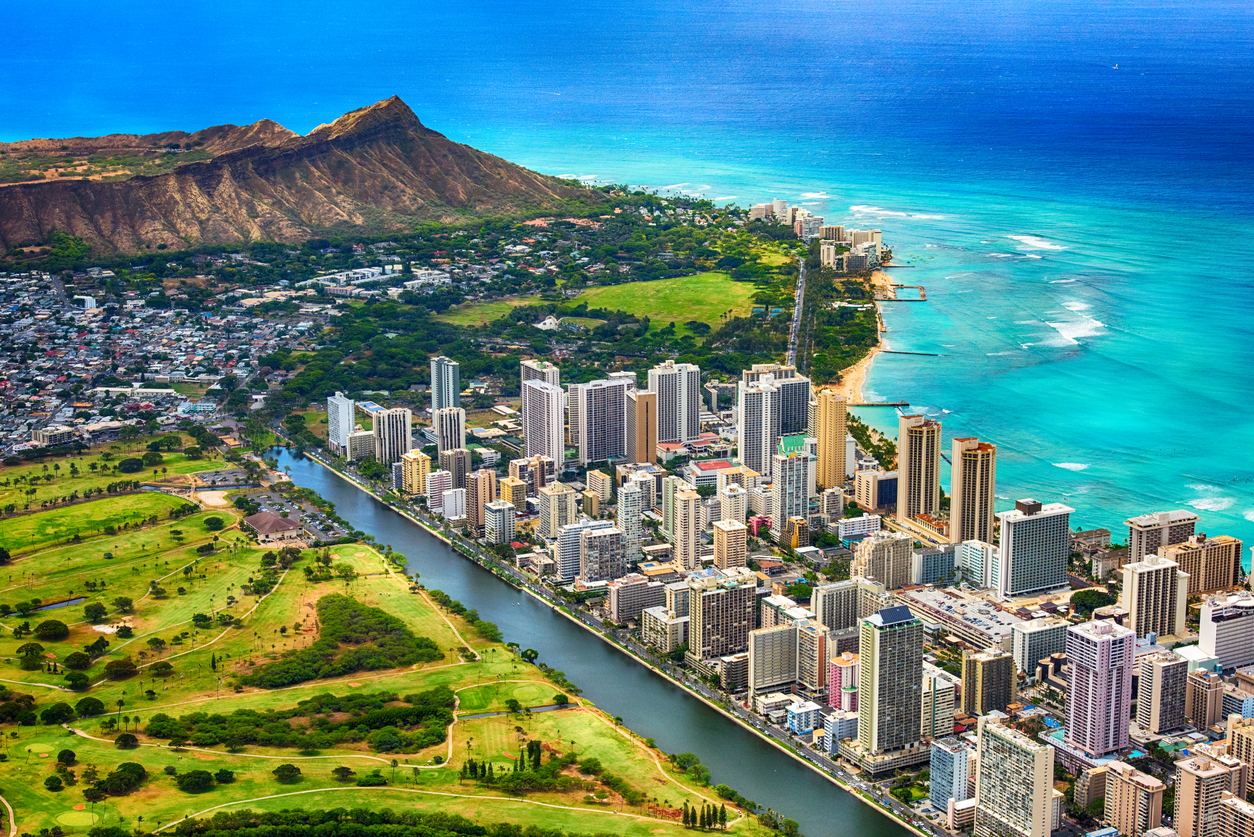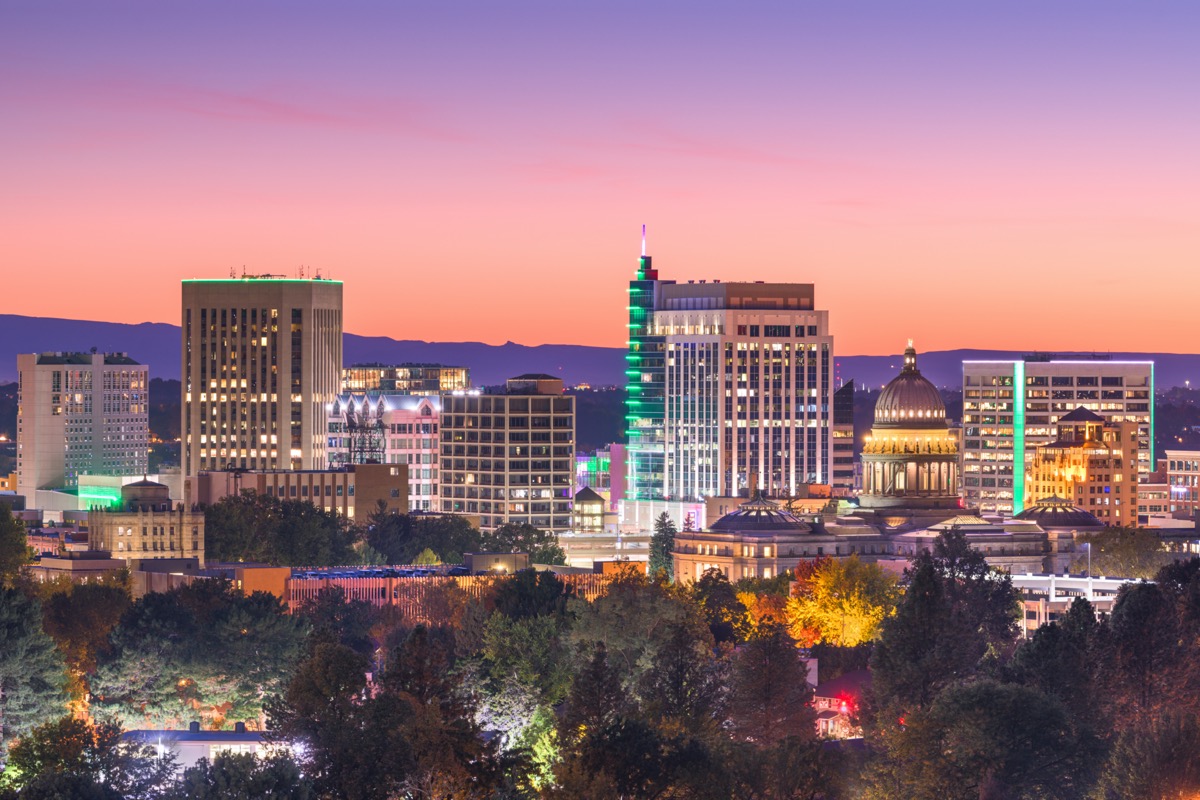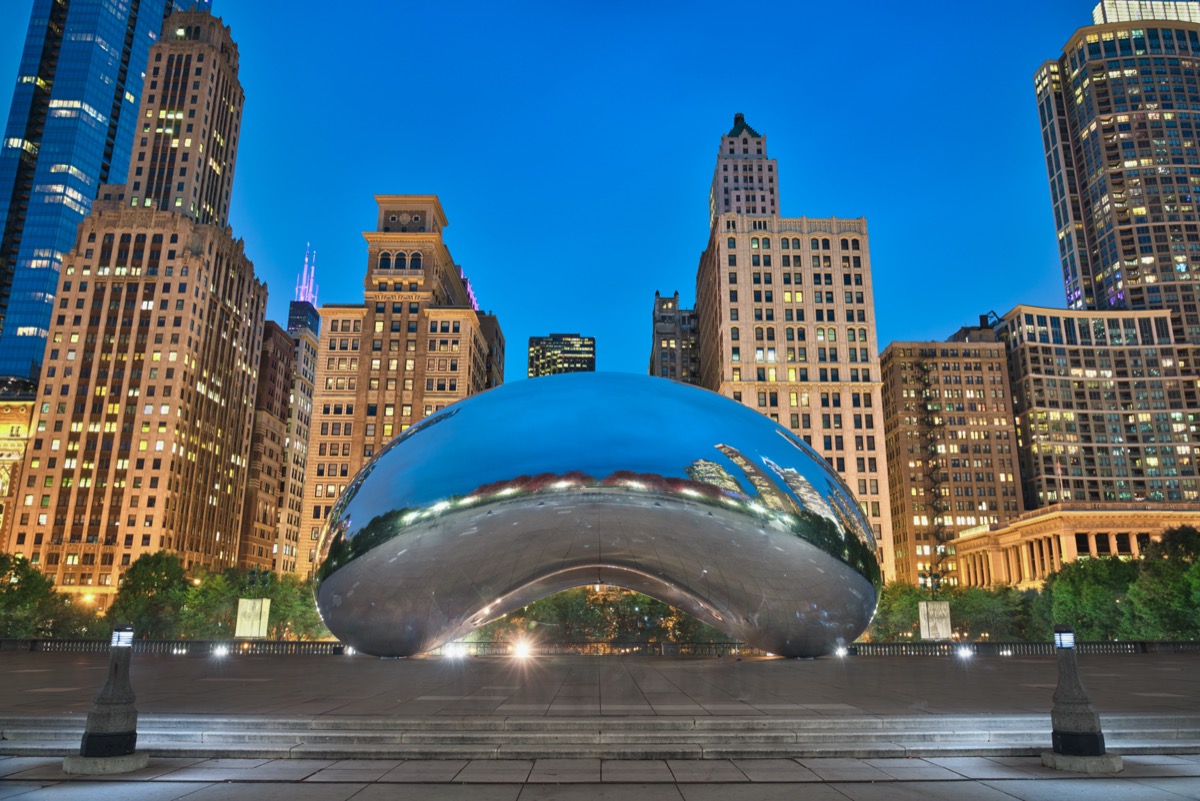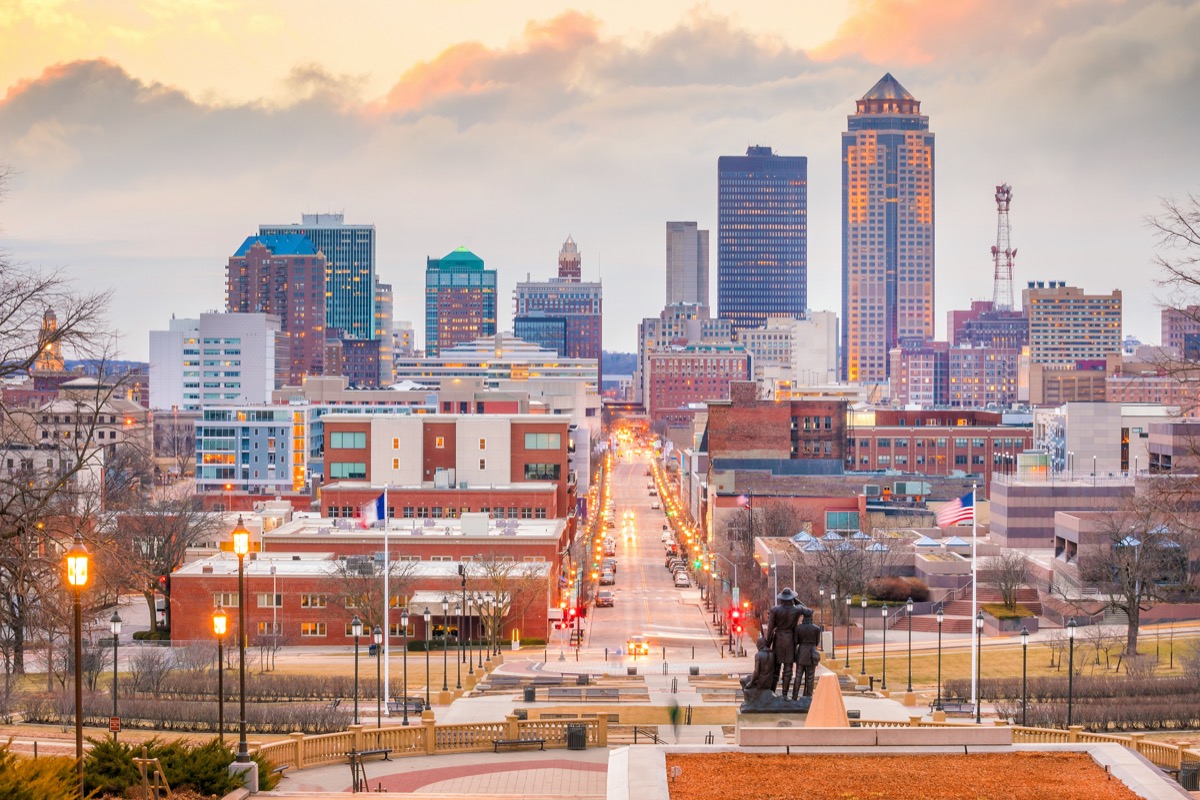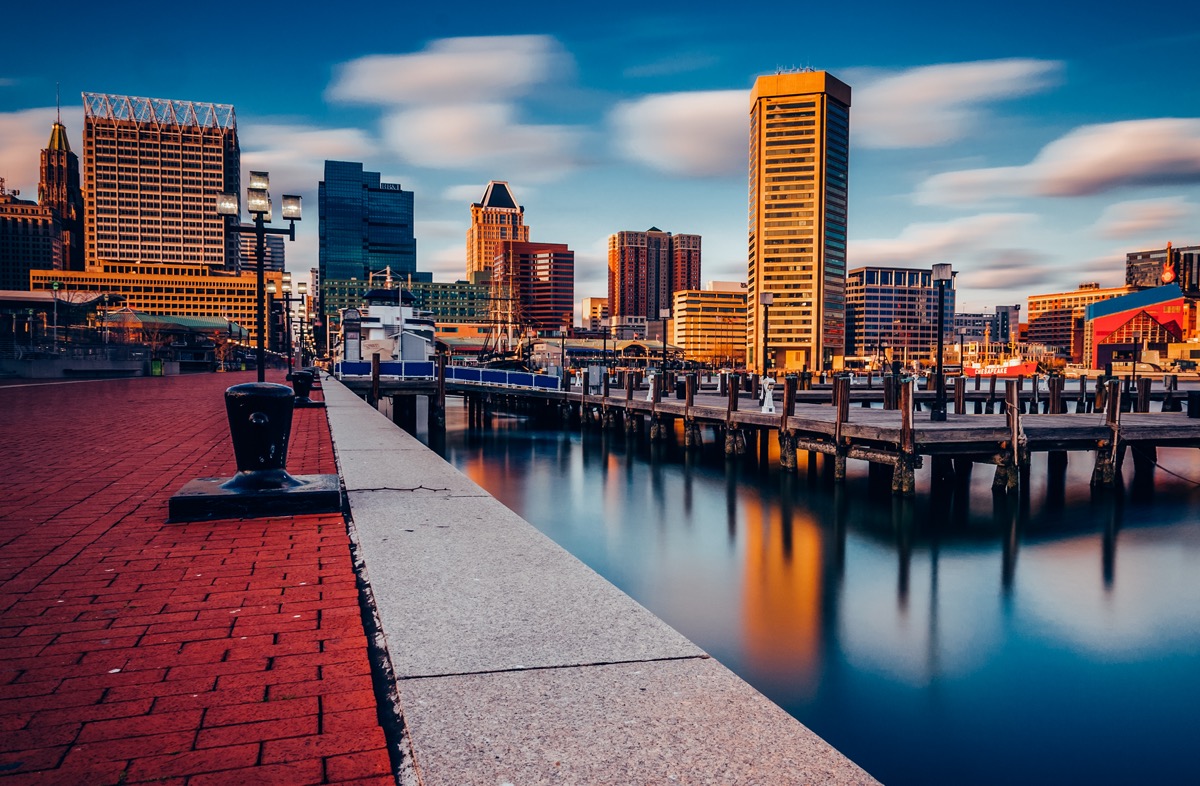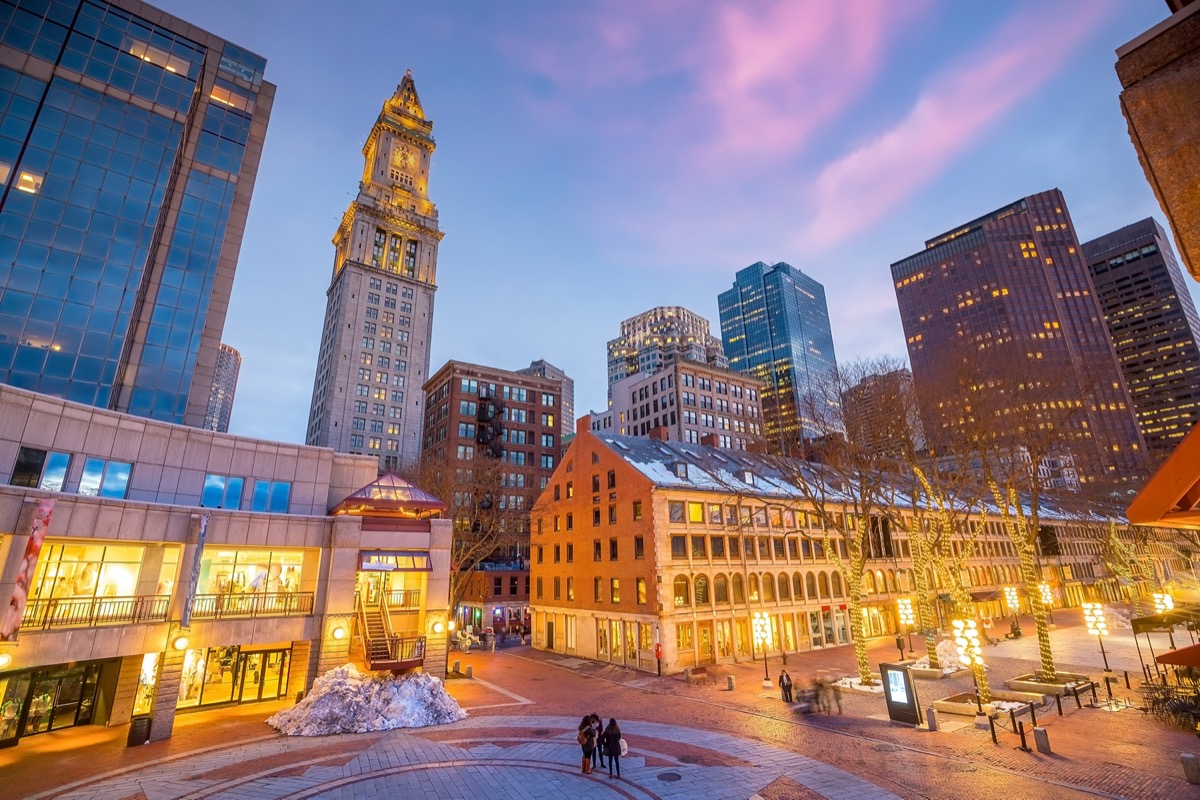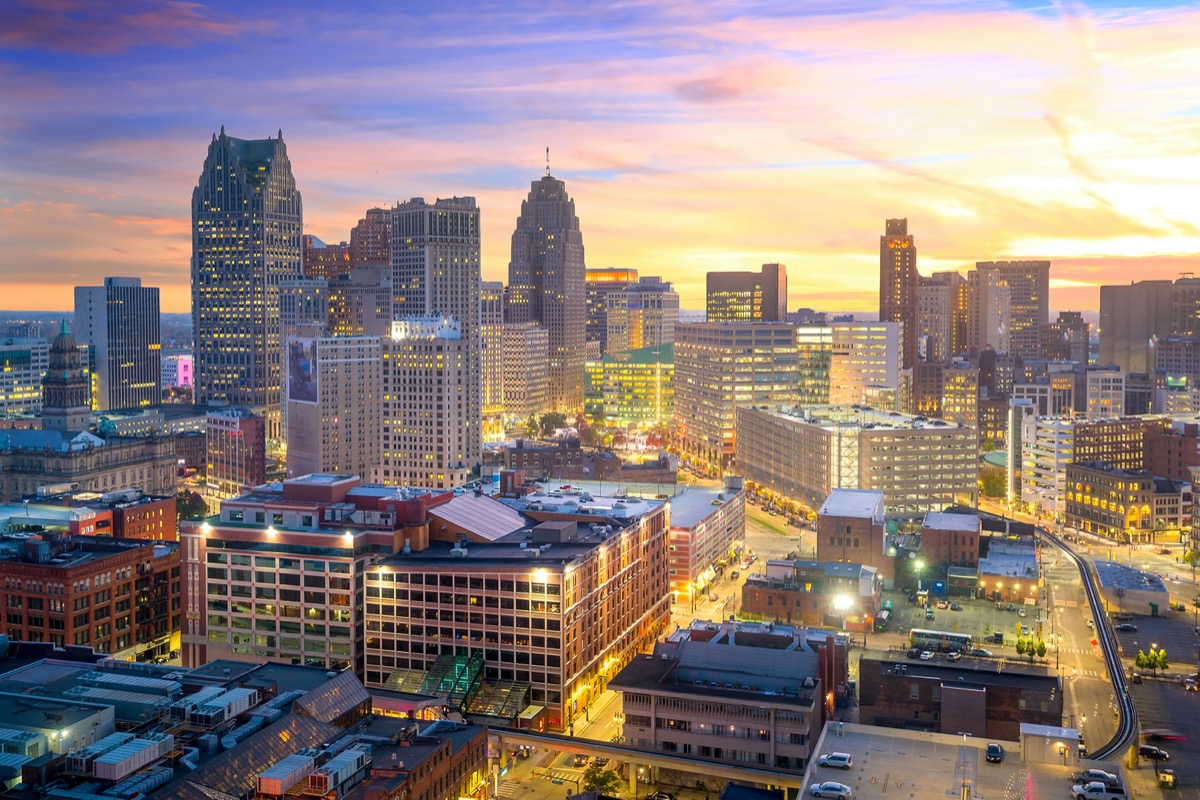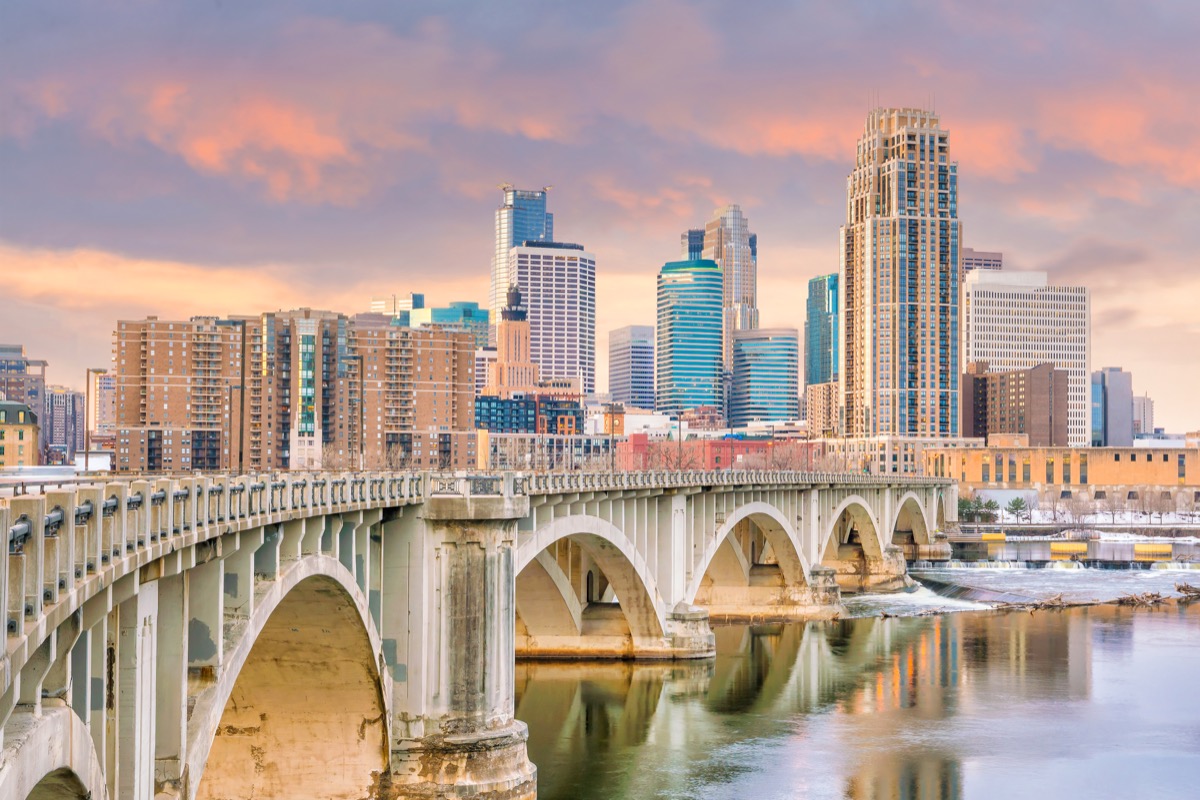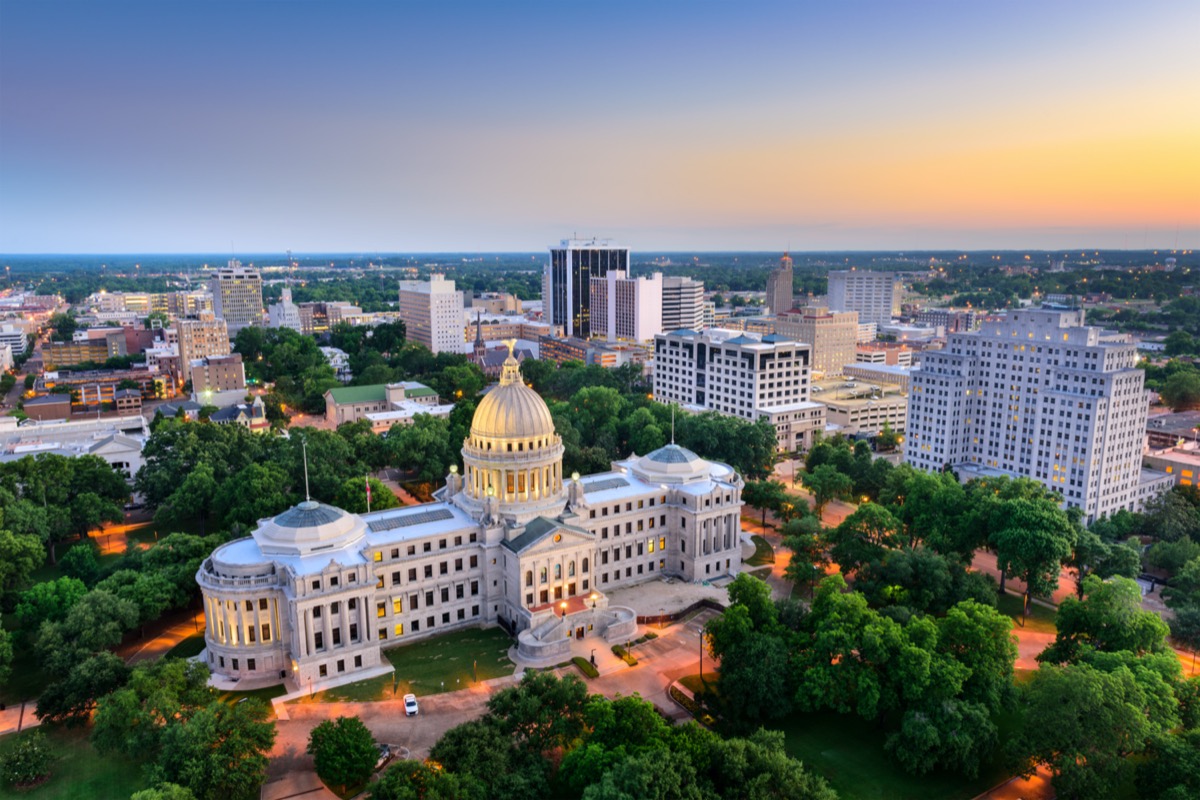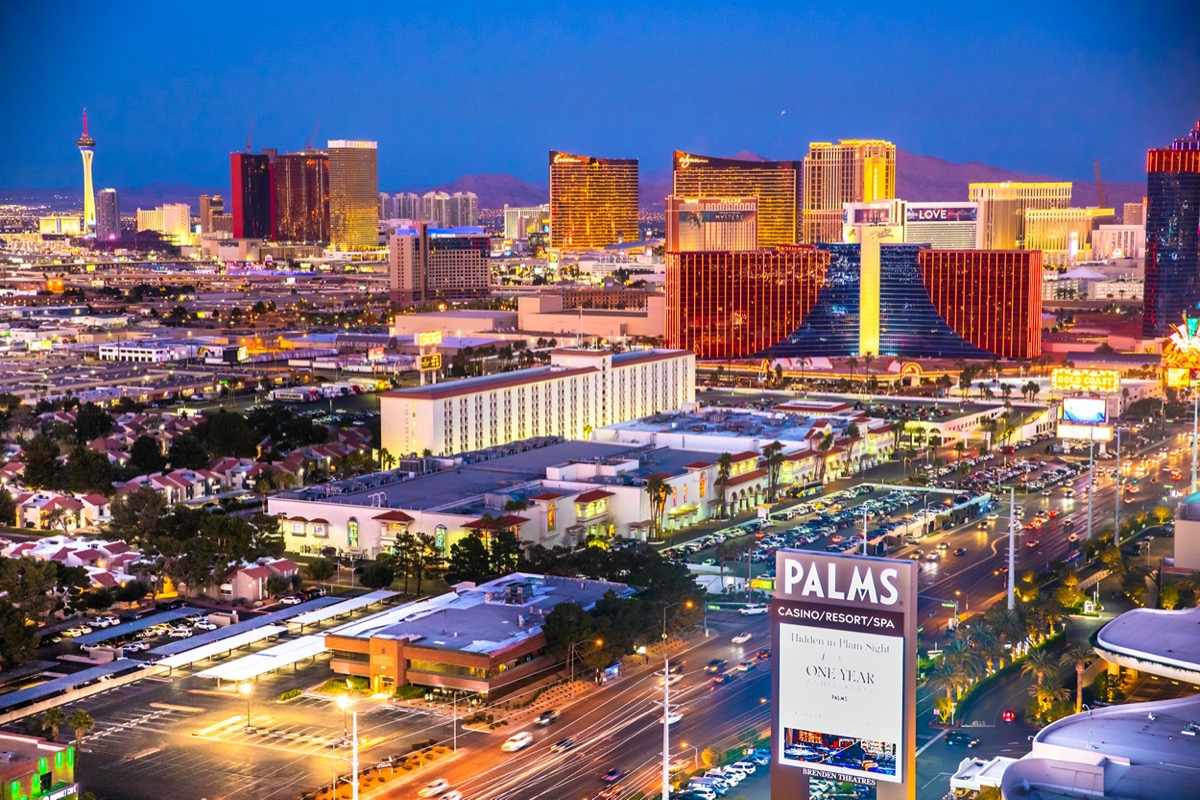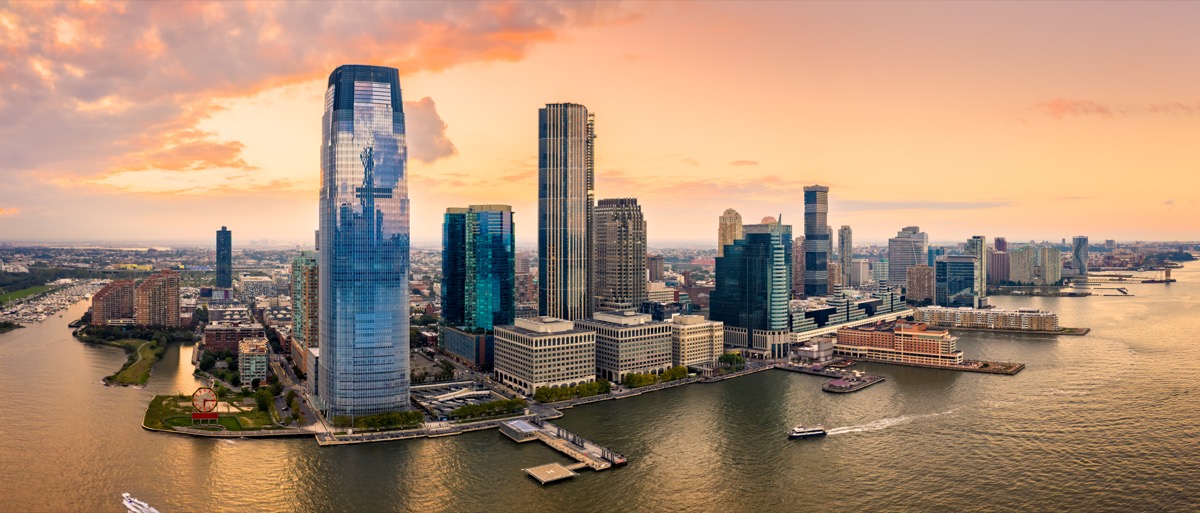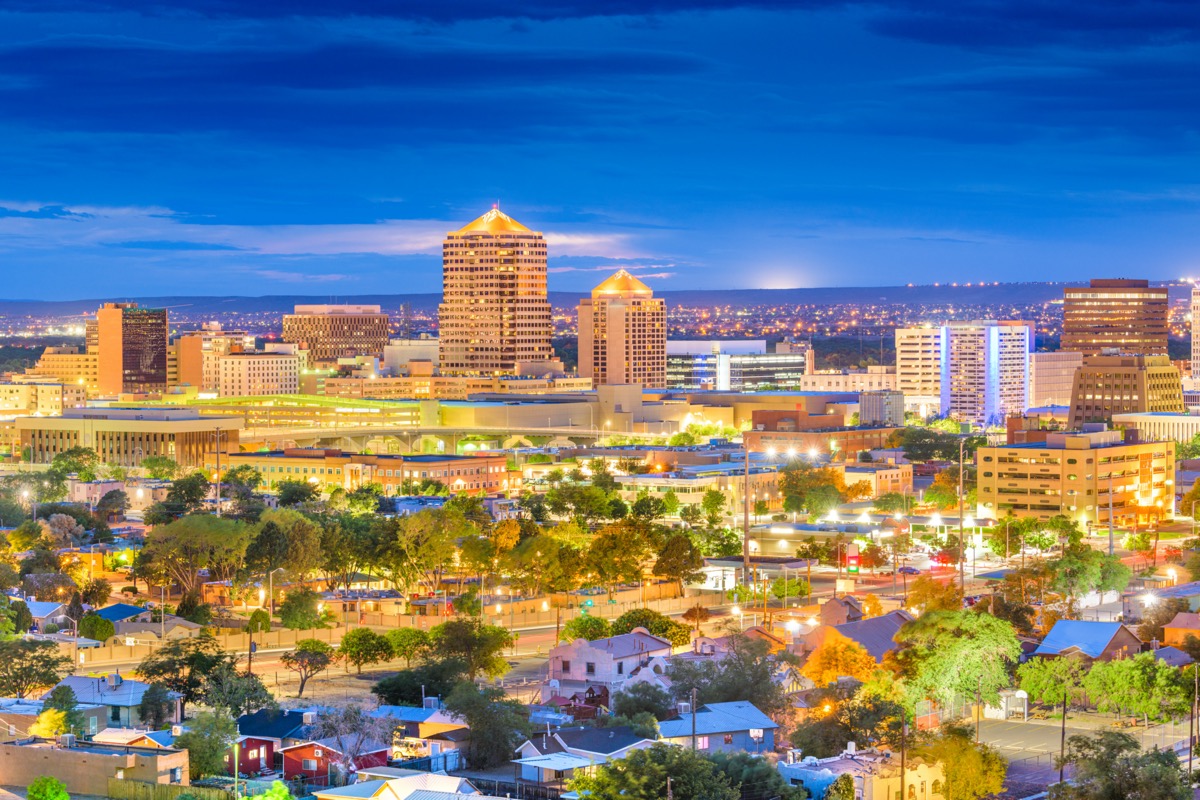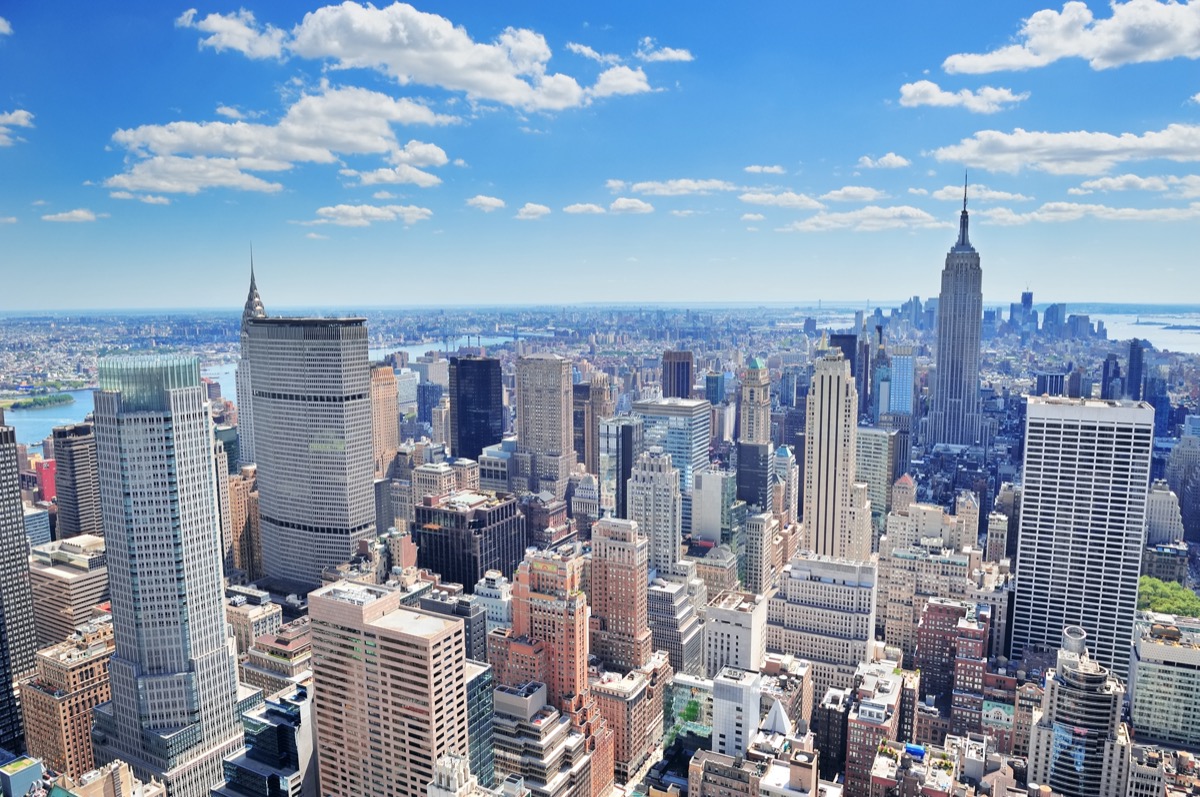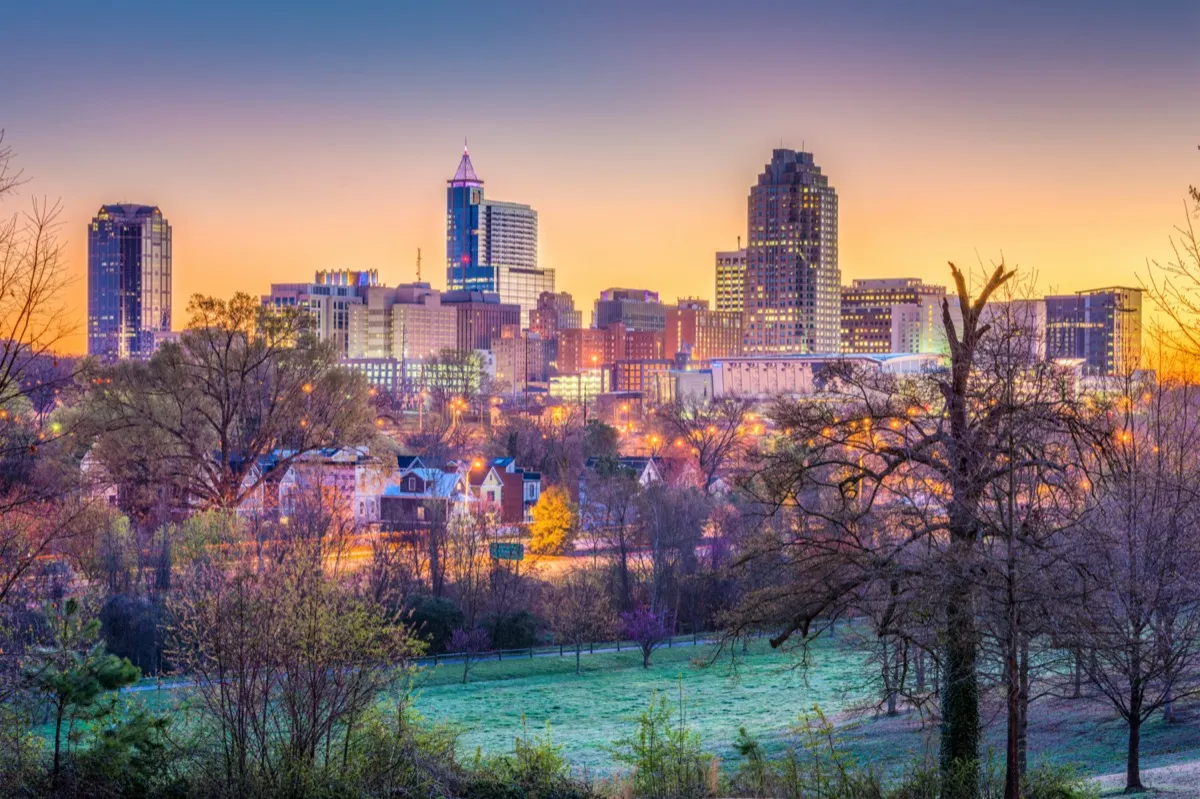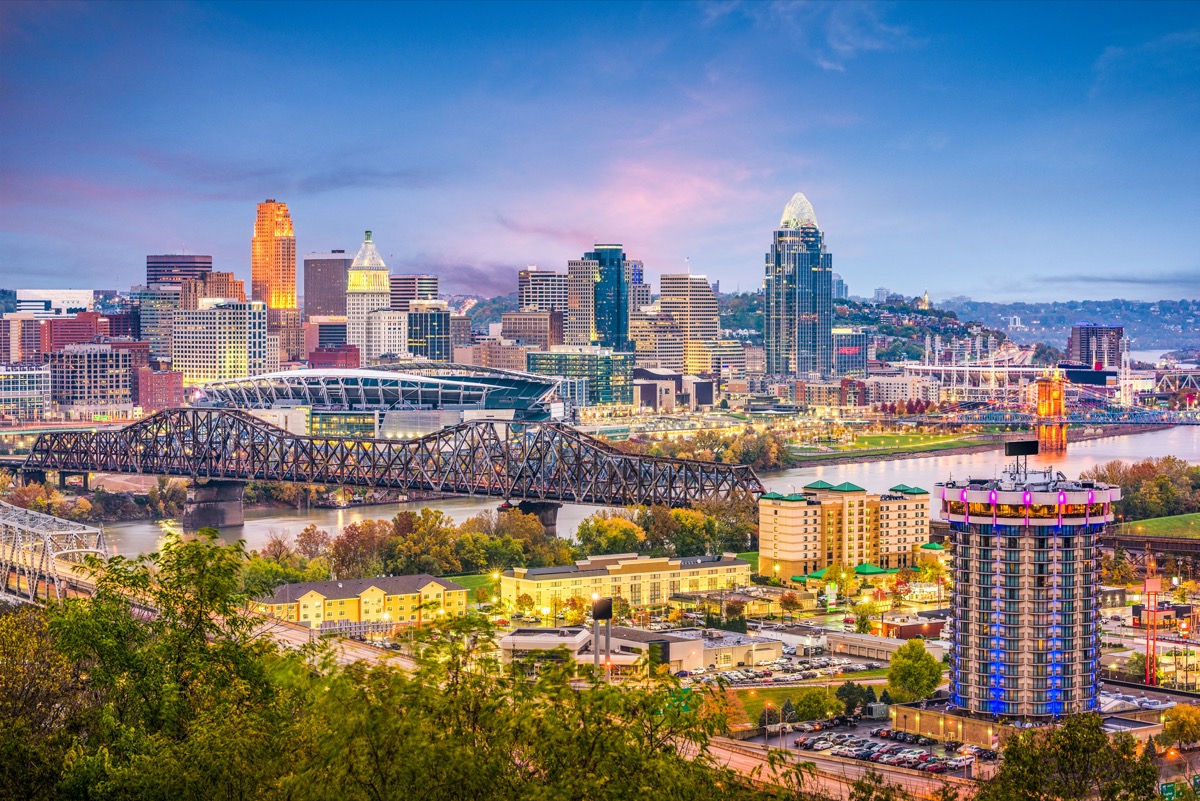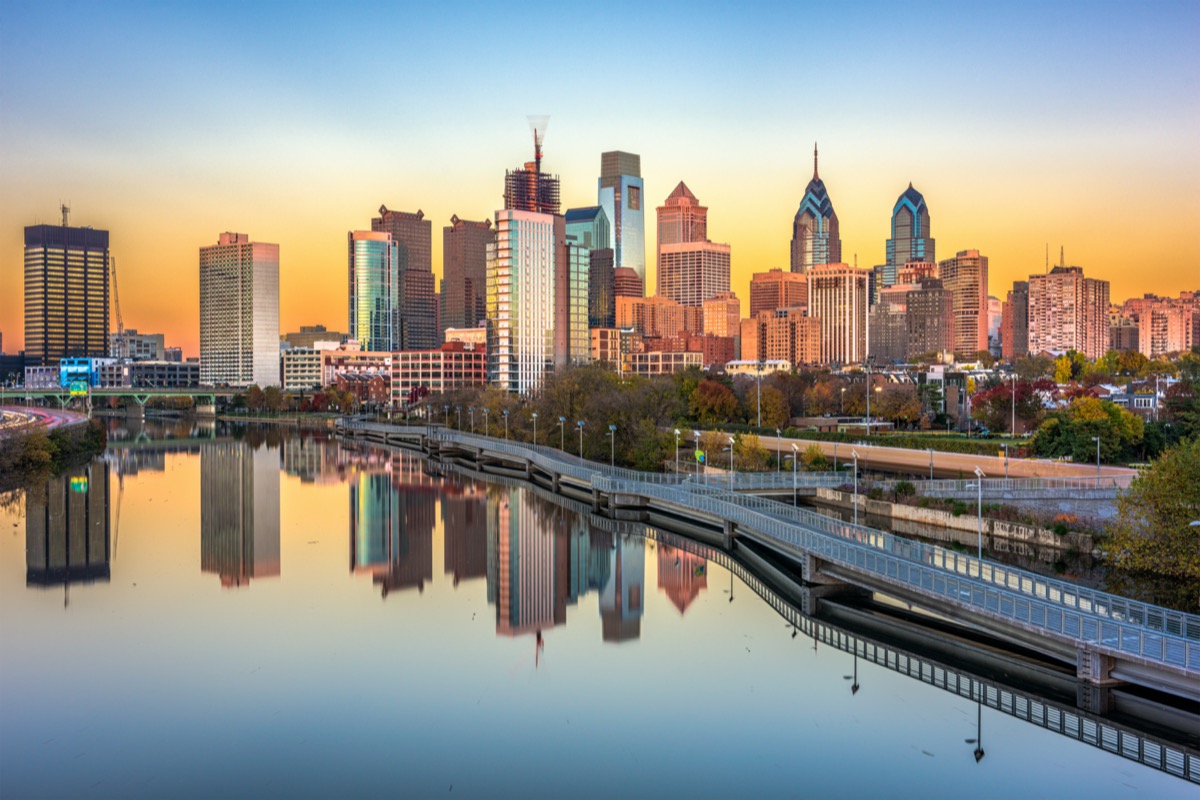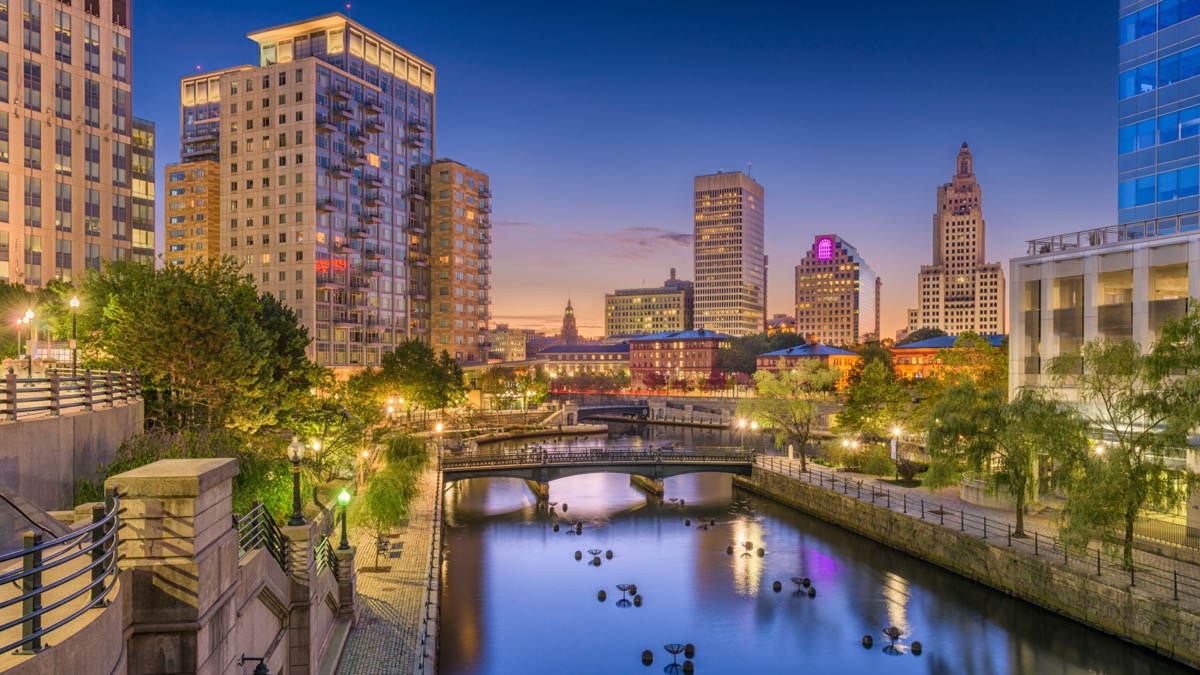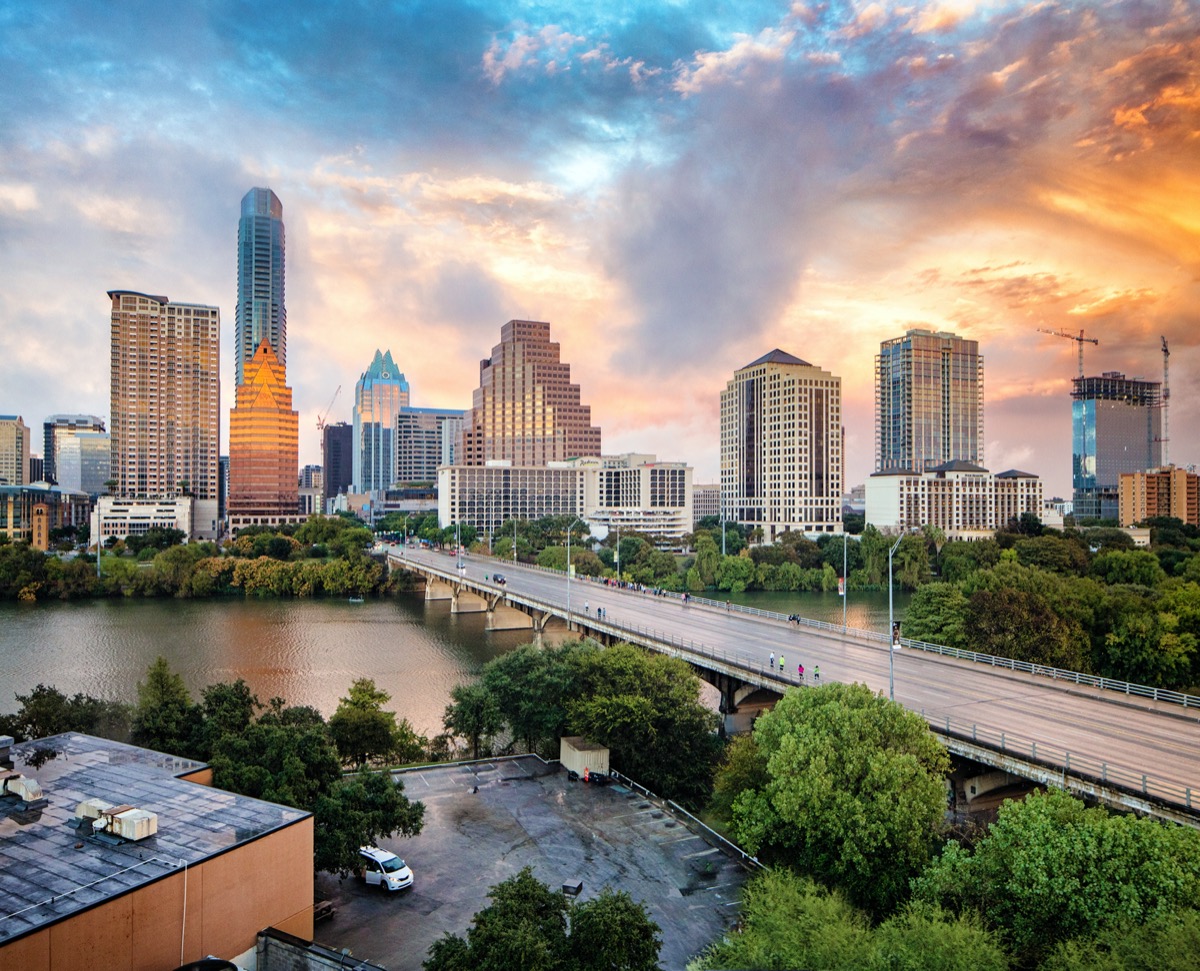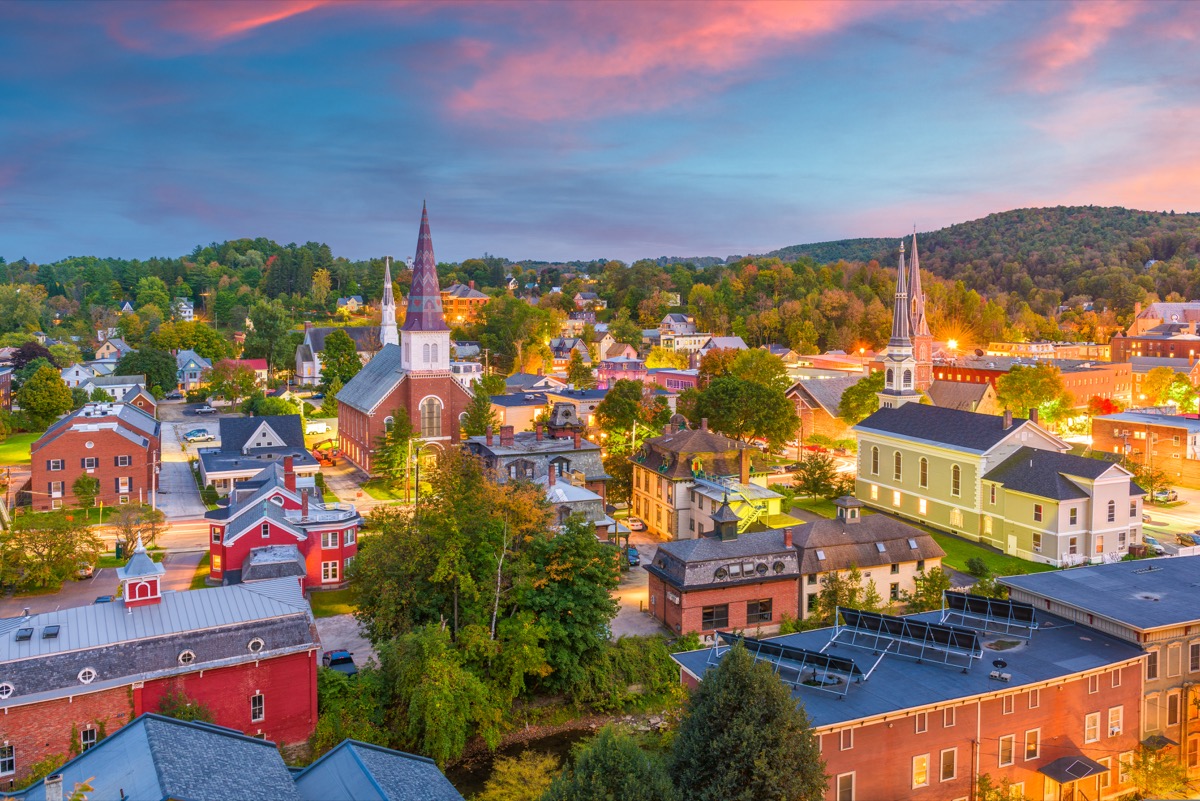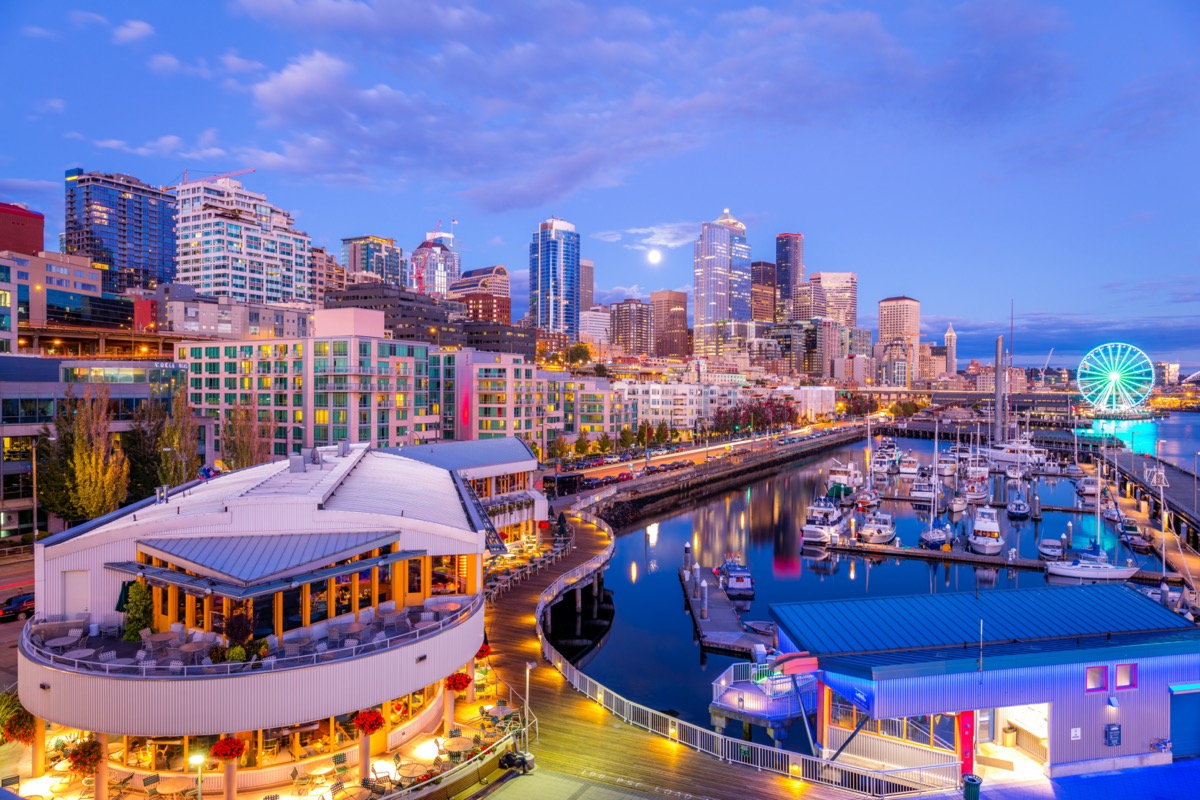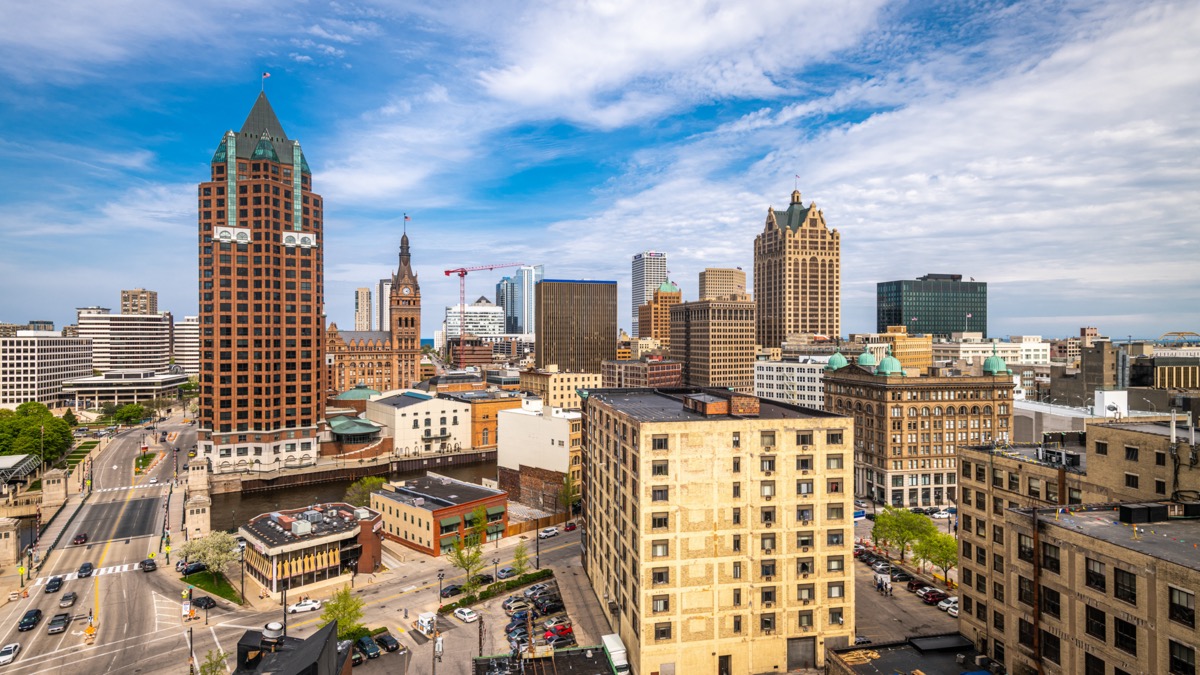While many states have issues mask mandates, limited the hours that businesses can operate, and reduced the capacity at places like bars, restaurants, and gyms, some are going even further by prohibiting how many people can take part in a private gathering at someone’s home. These decisions have been based on the advice of medical experts who say that intimate indoor gatherings are largely responsible for the surge in cases that most areas are seeing. Read on to see if your state is affected, and for more on what you can’t count on to celebrate risk-free, check out If You’re Doing This, You Won’t Be Totally Safe From COVID on Thanksgiving. Read the original article on Best Life. On Nov. 9, Colorado Gov. Jared Polis urged Coloradans to buckle down in the coming few weeks by avoiding social interactions with people they don’t live with. The order reaffirmed a revision made on Oct. 23 that reduced the size of personal gatherings to no more than 10 people from no more than two separate households. “We are asking all Coloradans to act with an abundance of caution to reverse these worrying trends. Right now, the virus is spreading when people from multiple households attend gatherings. We need to keep gatherings smaller and with people from fewer households—we are asking everyone to ‘shrink their bubble’ to reduce the spread,” Jill Hunsaker Ryan, executive director of the Colorado Department of Public Health and Environment, said in a statement. Delaware Gov. John Carney announced on Nov. 17 that the state would be limiting indoor gatherings to 10 people. “These are difficult decisions, but we face a difficult and challenging winter,” Carney said in a statement. “COVID-19 cases and hospitalizations are rising in Delaware and across the country. … Our focus must be on protecting lives.” And if you’re concerned you could already be sick, This Is the Easiest Way to Tell If You’ve Been Exposed to COVID. While the Aloha State has gone to great lengths to keep COVID outbreaks under control by limiting visitors and quarantining arriving tourists, Hawaii Gov. David Ige recently bulked up restrictions on the islands with a tiered system. Oahu, the most populous island in the chain and home to the capital city of Honolulu, falls under tier 2, which prohibits gatherings of more than five people. Idaho Gov. Brad Little signed an order rolling the state back to a modified approach to stage 2 of its reopening plan amid a surge of coronavirus cases. Gatherings of more than 10 people are prohibited both indoors and outdoor, and social distancing must be maintained at gatherings that have been granted permission by local officials. In response to his state’s recent spike of COVID cases, Illinois Gov. J.B. Pritzker announced that all counties in the state would be moved to tier 3 effective Nov. 20, which limits private gatherings to members of the same household only, and limits outdoor gatherings to no more than 10 people where social distancing must be maintained. “There is no denying that the state is headed in the wrong direction with increased cases, hospitalizations, and deaths,” Ngozi Ezike, MD, director of the Illinois Department of Public Health, said in a statement. “There also is no denying that reducing the opportunities for the virus to spread can reverse our direction. This includes staying home as much as possible, wearing a mask and keeping social distance when we do have to go out, and not gathering with people outside our households.” While it’s slightly less strict than other states, Iowa also recently took action to control surging coronavirus numbers. Effective midnight Tuesday, Nov. 10, Iowa Gov. Kim Reynolds mandated that private gatherings cannot exceed 15 people indoors or 30 people outdoors unless everyone is a member of the same household. And for more spots you should avoid, check out These Are the 6 Worst Places You’re Going Right Now, New Study Says. While Maryland Gov. Larry Hogan has issued some statewide restrictions of his own, Baltimore Mayor Jack Young went even further by issuing an order that limits all indoor gatherings to 10 people. “This Thanksgiving, skip the hugs and large family gatherings now so you can have them for years to come,” said Baltimore County Executive Johnny Olszewski Jr., according to The Baltimore Sun. “This is a matter of life and death.” Massachusetts Gov. Charlie Baker moved to enact new measures to protect residents amid a growing spike in COVID cases before Thanksgiving. In addition to instituting a nightly stay-at-home advisory between 10 p.m. and 5 a.m., he also ordered that private gatherings be limited to 10 people inside and 25 outdoors, and must end by 9:30 p.m. And for more advice on how to avoid the virus, check out The Worst Thing You’re Doing as COVID Surges, Doctor Warns.ae0fcc31ae342fd3a1346ebb1f342fcb Michigan Gov. Gretchen Whitmer issued orders via the state’s health department that set new restrictions on gatherings, effective Nov. 18. Now, any indoor gatherings at private residences cannot include people from more than two households, while outdoor gatherings are allowed but capped at 25 people. Amid the Midwest surge, Minnesota Gov. Tim Walz made the decision to begin rolling back the state’s reopening, including limiting all public social gatherings to 10 people from no more than three households. “This is where we can have the biggest impact in the shortest amount of time without the massive disruption,” Walz said. And to see how the pandemic is affecting your area, check out This Is How Bad the COVID Outbreak Is in Your State. After allowing original restrictions set in September to lapse, Mississippi Gov. Tate Reeves responded to rising cases in October by issuing gathering limits in nine Mississippi counties (indoor social gatherings are now capped at 10 people and outdoor gatherings can’t exceed 50 people). Reeves then announced on Nov. 11 that he was extending the mandate until Dec. 11 for residents in 15 counties across the state. “I know that we are all tired and ready to move on, but the virus is still here,” he said in a statement. “We’ve gotten far better at dealing with it and allowing for life to go on, but we’re not all the way there yet. Keep fighting and protecting the most vulnerable in your life.” Nevada is one of the latest states to increase restrictions amid surging COVID numbers. Nevada Gov. Steve Sisolak announced that public and private gatherings—including Thanksgiving celebrations—would be limited to just 10 people from no more than two households, the Associated Press reports. “We are on a rapid trajectory that threatens to overwhelm our health care system, our frontline health workers, and your access to care. So it’s time to act,” Sisolak said at a Nov. 23 press conference. And for more states with specific restrictions, check out You Can’t Enter These 8 States Without a Negative COVID Test. While counties and cities across the Garden State have been setting limits on businesses, New Jersey Gov. Phil Murphy announced a new set of restrictions just ahead of the Thanksgiving holiday on Nov. 16 that lowers the attendance limit for indoor gatherings from 25 to 10 people. Additionally, outdoor event limits dropped from 500 to 150 people. Gov. Michelle Lujan Grisham has ordered that New Mexicans must shelter in place through Nov. 30—that means gatherings of more than five people are prohibited. And for more on your personal coronavirus risk, know that If You Live With Someone This Age, You’re More Likely to Get COVID. New York Gov. Andrew Cuomo has started seriously cracking down on the COVID outbreak in his state, including issuing an order that indoor gatherings at private homes are limited to no more than 10 people. “Avoid ‘Living room spread,’” Cuomo cautioned on Twitter on Nov. 14. “The data shows that COVID is spreading in smaller, indoor settings. We’re asking New Yorkers to act responsibly. To limit gatherings with people outside of your household. We can protect each other if we choose to.” North Carolina Gov. Roy Cooper announced on Nov. 10 that the state’s limit on indoor gatherings was being reduced from 25 people to 10. “As frustrating and painful as it is, we must keep fighting a little while longer,” Cooper tweeted on Nov. 10. “We don’t want to let the last eight months of sacrifices go to waste by dropping our guard or ignoring safety measures during family gatherings. We’ve come too far to lose our focus now.” And for more on how to stay safe beyond Thanksgiving, check out This Is When Someone Is Most Likely to Give You COVID, Study Shows. Ohio has had a limit of 10 people at private events in effect since April. However, on Nov. 17, Gov. Mike DeWine announced that tighter restrictions on at-home gatherings will be issued that won’t allow dancing or games. COVID cases are rising in Pennsylvania, and in late November, things started to change. At a Nov. 23 press conference, Pennsylvania Secretary of Health Rachel Levine, MD, announced “an order to suspend alcohol sales at all bars and restaurants at 5 p.m. on just one night, Wednesday, Nov. 25, until 8 a.m. on Thursday, Nov. 26.” Pennsylvania’s one-night alcohol ban on Thanksgiving Eve, one of the biggest drinking nights of the year, is the first order of its kind in the U.S. Pennsylvania Gov. Tom Wolf also announced a new statewide stay-at-home advisory, urging residents to only go out for essential school and work and recommending that households should not mix, even on Thanksgiving. And for places that aren’t cracking down ahead of the holiday, check out These States Are Refusing to Lock Down as COVID Surges. According to Rhode Island’s state guidelines, the size of social gatherings is limited to your immediate household or people you live with. However, Gov. Gina Raimondo also specified that “any adult who lives alone or is a single parent can gather with one other household, as long as the gathering is not more than five people.” While a recent curfew and shelter-in-place order in El Paso was overturned by a lawsuit, there are still some limits in the Lone Star State. Texas Gov. Greg Abbott has prohibited outdoor gatherings of more than 10 people in most circumstances unless local government officials approve them. And for expert advice on venues you should avoid, check out 4 Places Dr. Fauci Says He Wouldn’t Go Right Now. As a state that has done a good job keeping the pandemic under control since the beginning, Vermont is not resting on its previous success. Gov. Phil Scott announced new restrictions on Nov. 13, banning cross-household gatherings. On Nov. 15, Washington Gov. Jay Inslee announced a set of new COVID restrictions, which went into effect the following day at midnight and will last through Dec. 14. The new order prohibits indoor gatherings with members of other households unless participants have quarantined for 14 days and have proof of a recent negative COVID-19 test. And for more on how the holiday could affect case numbers, check out This Is When We’ll Know How Bad the Thanksgiving Surge Is, Fauci Says. As one of the worst-hit states in the Midwest, Wisconsin Gov. Tony Evers announced another executive order advising citizens to stay home and to limit gatherings to their own households on Nov. 10. “Wisconsin, this is serious. This crisis is urgent,” Evers said in a speech on Nov. 10. “It’s not safe to go out, it’s not safe to have others over—it’s just not safe. And it might not be safe for a while yet. So please, cancel the happy hours, dinner parties, sleepovers and play dates at your home. And if a friend or family member invites you over, offer to hang out virtually instead.” The District of Columbia is limiting get-togethers just in time for Thanksgiving. On Nov. 23, Mayor Muriel E. Bowser announced a ban on indoor gatherings of more than 10 people that takes effect the day before the holiday on Wednesday, Nov. 25. The ban also covers outdoor groups of more than 25 people. And for more on how the holiday will affect the rest of this year, check out This Is When We’ll Know How Bad the Thanksgiving Surge Is, Fauci Says.
